The Big Island of Hawaii is arguably the most dramatic in the Pacific archipelago, boasting everything from snow-tipped volcanoes and green-sand beaches to active lava flows.
And yet, the island is precisely as its moniker suggests: Big. Coming in at 4,028 square miles, it’s larger than all of the other Hawaiian Islands combined. Translation? Visitors are often flummoxed by the most expedient way to absorb all of its beauty during their stay. The Hawaii Grand Circle Big Island Tour is here to give you the most of the Big Island in one day.

Enter Hawaii’s Grand Circle Island Tour. This full-day excursion takes guests through 8 of the world’s 13 climate zones, journeying from lava fields to lush rainforests to picturesque beaches to one of the most acclaimed astronomy centers on the globe. Along the way, certified guides provide an ongoing narration of Hawaii’s intricate history, while island treats—from malasadas to Kona coffee—fuel the fun.
*Unfortunately this tour is not currently running. However, Polynesian Adventure Tours also offers a Big Island Volcano Tour that covers most of the same stops that the Hawaii Grand Circle Island Tour. Get more information and make a reservation below.
Here’s a breakdown of the tour’s highlights—and why you should book a seat:
Kaʻu Coffee Mill
Kaʻu Coffee Mill, LLC is a full-service coffee mill providing services and retail sales in the district of Kaʻu on the Island of Hawaii. The retail shop provides free tours of coffee orchards, as well as the milling and roasting facilities. The products available for sale include a wide variety of fine Kaʻu coffee, macadamia nuts, coffee treats, and gifts. Visitors are greeted enthusiastically and welcomed to free tours, samples, and unique items for sale found nowhere else on the island.
Visiting tourists and local residents have given the retail store and its staff outstanding reviews on Yelp and Trip Advisor. Trip Advisor recently awarded Ka‘u Coffee Mill its “Certificate of Excellence” for 2019. The visitor center has received outstanding reviews and achieved remarkable sales growth within a short number of months. This growth can be attributed to outstanding customer service and the exceptional quality of coffee.
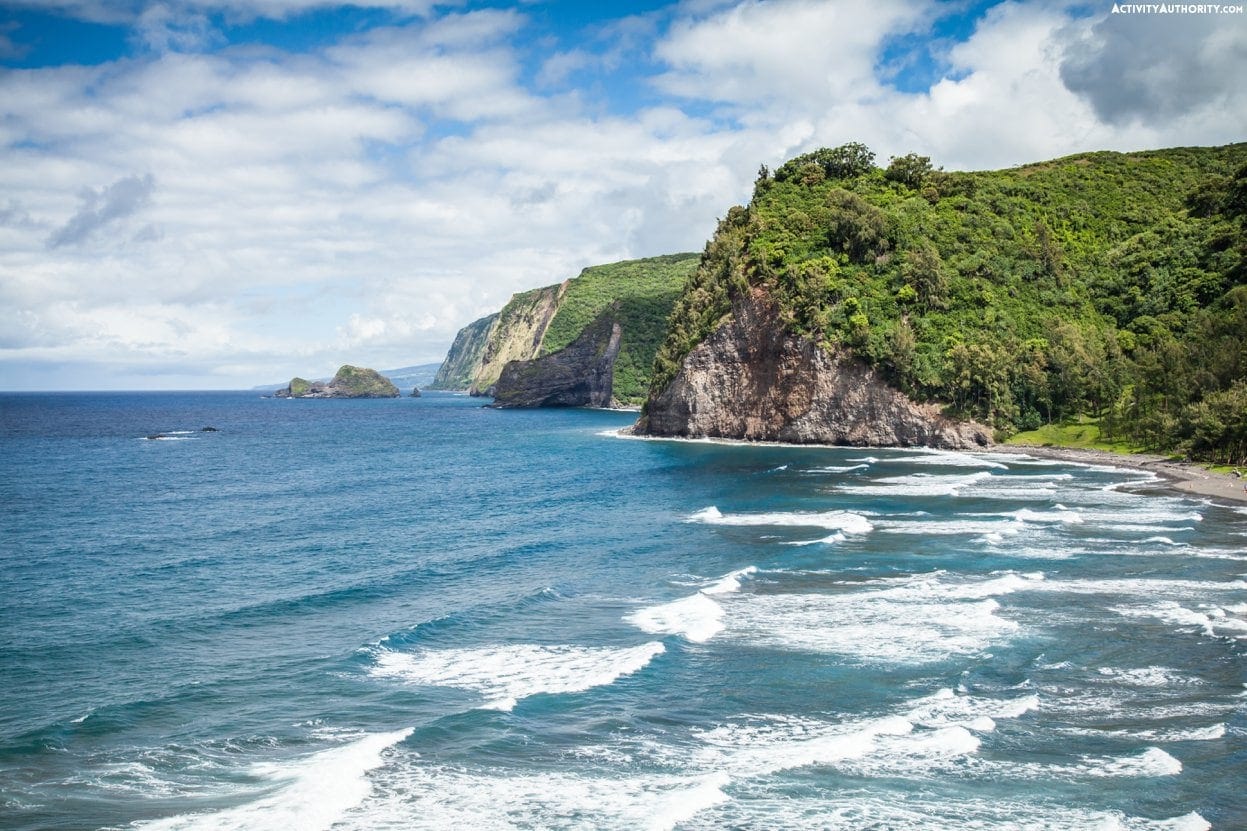
Rainbow Falls State Park
Waianuenue Falls came to be known as “Rainbow Falls” due to the prism of color that arcs over its cascade. Located within Hilo—the largest town on the island—the broad, misty waterfall, situated on the Wailuku River, drops from a height of 80 feet into a placid blue pool. The caves that it shrouds are believed to house the ancient goddess of the moon, Hina, while the lush forests that surround the falls make the site one of the most idyllic in Hawaii.
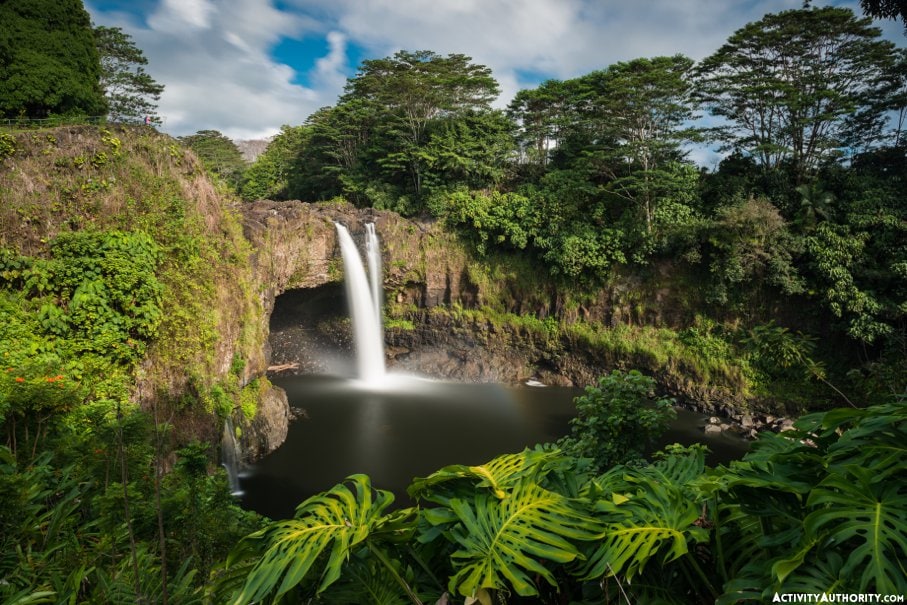
‘Imiloa Astronomy Center
The pristine landscapes and phenomenal heights on the Big Island render it one of the best places in the world not only for casual stargazing but also for astronomy. The ‘Imiloa Astronomy Center pays tribute to this fact, presenting a $28 million, 40,000 square foot exhibition and planetarium complex, complete with interactive displays, live “sky” programs, and a floor-to-ceiling, glass wall restaurant that overlooks Hilo Bay. Here, you can immerse yourself in information about night skies, the depth of the universe, and Polynesians’ navigation history (whom Hawaiians deem “our first astronomers”). The center’s distinct architecture—three titanium-clad cones that represent the volcanoes Mauna Kea, Mauna Loa, and Hualalai—is enough to take your breath away; the gardens that surround it, full of native plants and “canoe crops” brought to Hawaii by ancient Polynesians, are extraordinary.
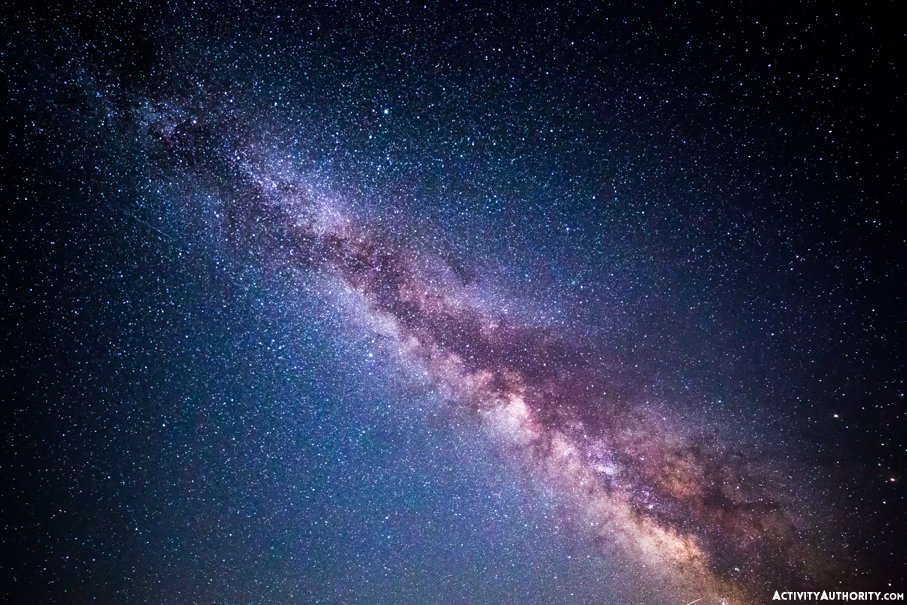
Hilo Town
Located on the northeastern side of the island of Hawaii, Hilo offers breathtaking natural beauty plus all the amenities of a vibrant town. On the geographic flipside of the volcanic Kohala Coast, the region is blessed with dramatic waterfalls, fertile rainforests, and blooming gardens. A busy farming and fishing area in early times, Hilo evolved into a commercial center for the sugar industry in the 1800s. Downtown Hilo was built around its crescent-shaped bay and became the seat of county government. Today, Downtown Hilo is a charming town offering museums, art galleries, shops, and restaurants. Discover the area’s fascinating history at the King Kamehameha Statue and learn about the terrifying tsunamis that nearly swallowed Hilo at the Pacific Tsunami Museum.
Volcano National Park
Many visitors choose the Big Island because it boasts Hawaii Volcanoes National Park—an enormous swath of land, stretching from sea level to the peak of the largest volcano on Earth, that boasts two of the world’s most active volcanoes, the epic landscapes that arrive with them, and 70 million years of history. On the Grand Circle Island Tour, you’ll stop at the following:

• Kilauea Visitor Center
Consider it the perfect introduction to the park: At this newly refurbished center, you’ll find ranger talks, hiking suggestions, maps, park exhibits, and the latest info on volcanic activity. The center also has a small bookstore, where you can pick up literature on Hawaii’s geologic and cultural history or a souvenir for your friends and family back home.
• Volcano House
Built along the edge of Kilauea—the second youngest product of the Hawaiian hotspot and the eruptive center of the Big Island—the Volcano House is a series of historic hotels with its earliest roots tracing back to the 1840s. Listed on the National Register of Historic Places, the lodge presents views of Kilauea, cultural events, and demonstrations.
• Steam Vents
To visit Hawaii Volcanoes National Park is to witness history in the making—a truism that’s made clear at the Steam Vents. Located less than a mile away from the Kilauea Visitor Center, here you’ll find steam generated from groundwater seeping down to the hot volcanic rocks. The treeless plain around this area—evidence that the ground is too hot for roots to survive—hammers home the fact that Hawaii is an active, ever-evolving site. (And don’t fret: this is a rather gentle steam “bath,” not a scalding blast.)
• Kilauea Iki Overlook
In 1959, Kilauea Iki (or “Little Kilauea”) ignited a fiery inferno, transforming the land into a simmering lava lake with fountains that soared upwards of 1,900 feet and sending two million tons of lava into the sky per hour. Today, it’s a more peaceful place (the lake solidified thirty years later), offering visitors a peek at Iki’s astonishing crater; Mauna Loa and Halema’uma’u, meanwhile, loom in the distance. The colors here are tremendous, providing another reminder to always have your camera ready.
• Pu‘u Pua‘i Crater
Translating to “gushing hill,” Pu‘u Pua‘i Crater is the aftereffect of Kilauea Iki’s tantrum: A “spatter” cone that’s surrounded by blanketed tephra cinder. The area is a popular spot for the nene goose—an endangered species, endemic to the islands, that serves as Hawaii’s state bird.
• Lua Manu Crater
Typically considered the uppermost crater on the Chain of Craters Road, Lua Manu Crater was formed over 200 years ago when hot magma below the Earth’s surface drained, creating a void, causing the ground above to collapse, and leaving a “pit crater” in its wake. 330 feet in diameter and 125 feet deep, it’s a palpable reminder of our planet’s power.
• Puhimau
‘Ohia, koa, and ferns pave the way to your next stop on the tour: Puhimau. Another pit crater on this striking drive, Puhimau runs 500 feet deep. If you look close enough, you may be able to see that the crater is still steaming in some parts—it’s part of the Puhimau Thermal Hot Spot, where magma flows just underneath.
• Punalu‘u Black Sand Beach
The prevailing image of paradise might be uber-serene, white sand beaches, but the Big Island’s Punalu’u Beach begs to differ. Or, rather, its visitors do—known to locals as simply “Black Sand Beach,” this stunning stretch of sand gets its jet black shade from years of volcanic activity that have left the area laced with basalt. Situated on the island’s southeastern coast—and sandwiched between the towns of Pahala and Naalehu—Punalu‘u often houses honu (Hawaiian Green Sea Turtles), while coconut palms fringe its shore.
Volcano Big Island Tour






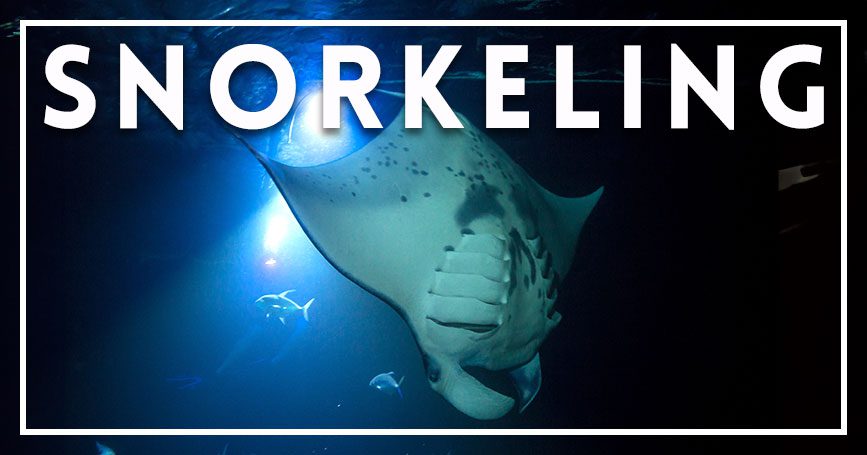

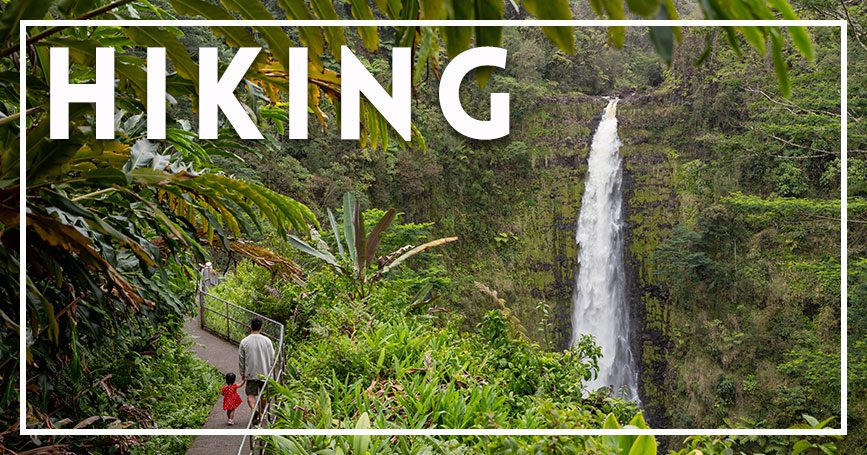
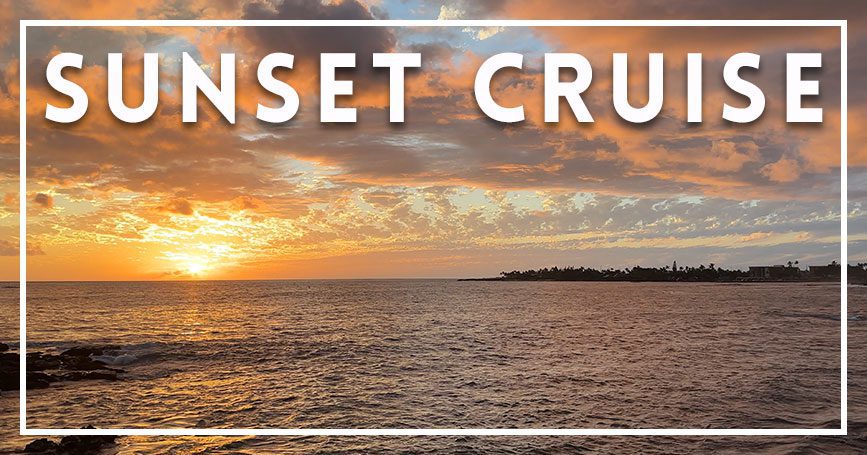
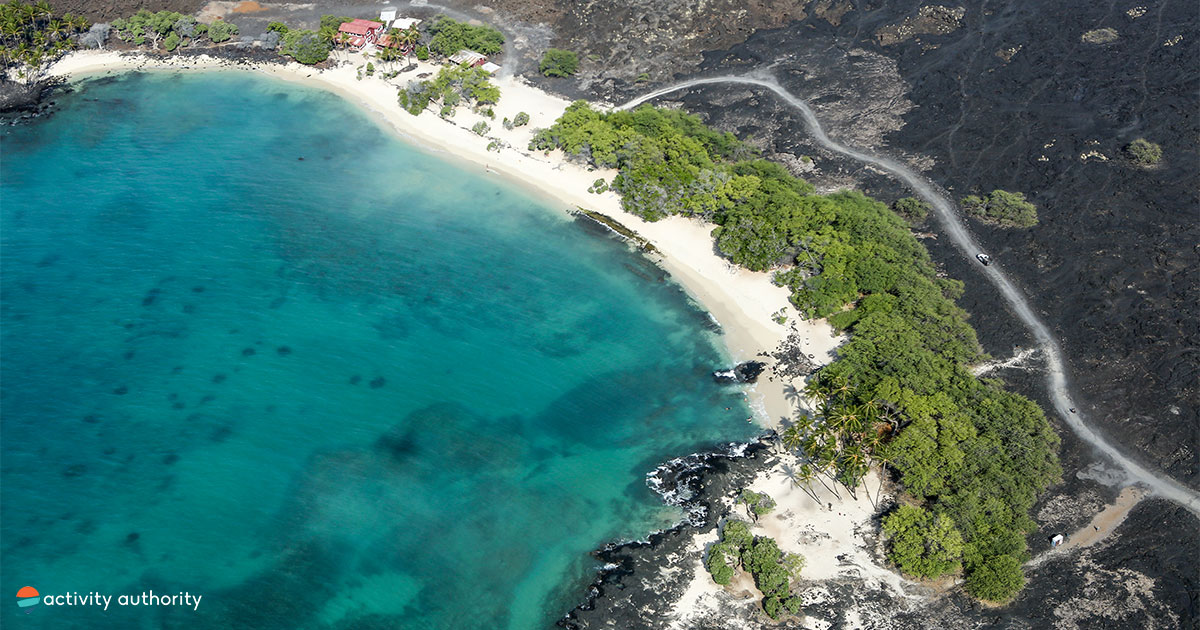
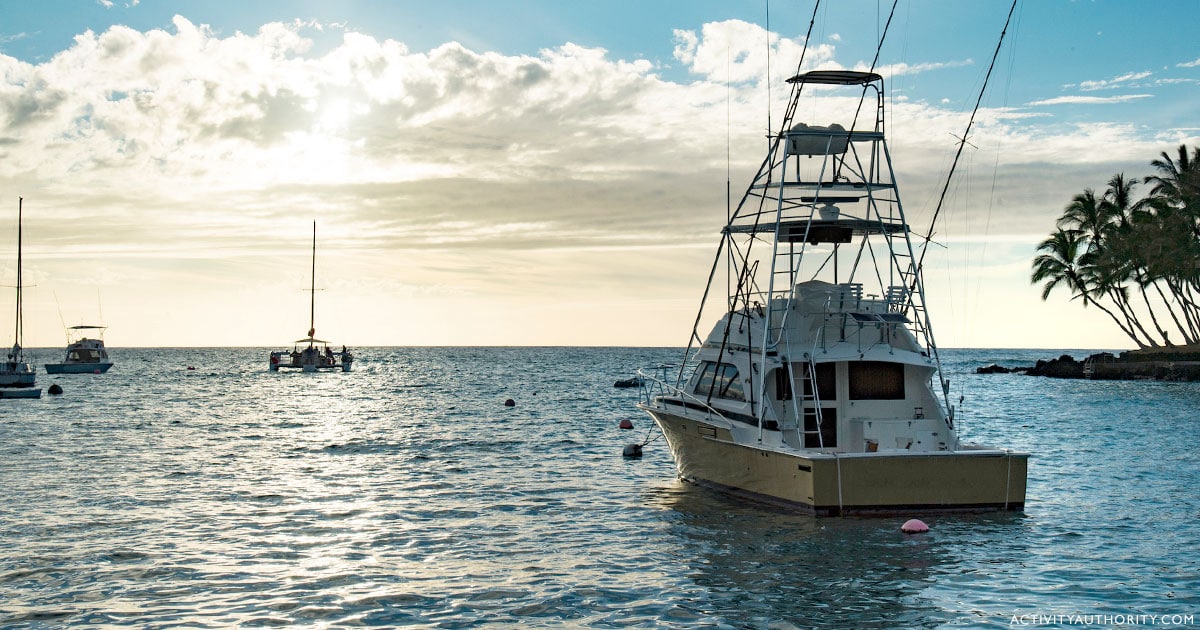



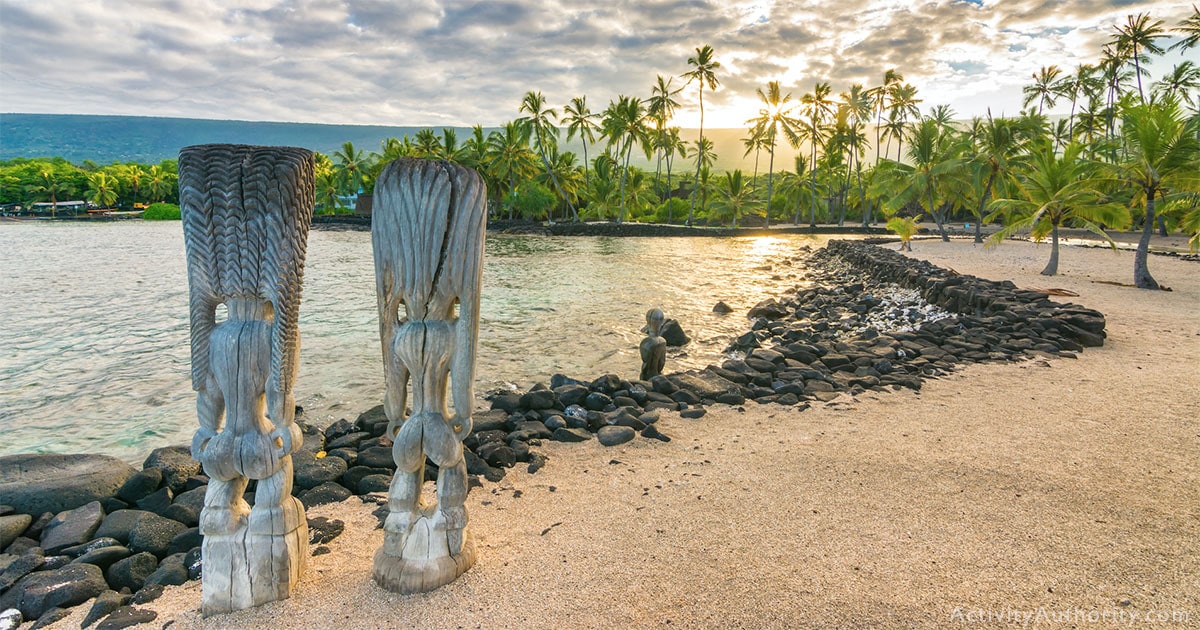
We are interested in taking this tour. We have a condo at Keauhou and will be there in late January through April. Please send us emails as to available times in February and March. Thank you.
How many people per tour?
Up to 22